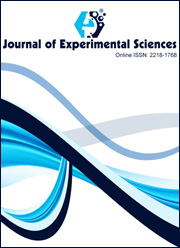Efficacy of value added foxtail millet therapeutic food in the management of diabetes and dyslipidamea in type 2 diabetic patients
Keywords:
Type 2 diabetics, glycemic index, foxtail millet dietAbstract
Introduction: The dietary strategies aim at improving both diabetes control and cardiovascular risk factors is the use of low–glycemic index diets. Diet has been the sheet anchor in the management of diabetes. We studied the effect of increasing the intake of millet based diet in patients with type 2 diabetes mellitus.
Methods: In a randomized, crossover study, we assigned 300 patients with type 2 diabetes mellitus to follow millet based diabetic diet, each for 90 days: a diet containing moderate amounts of fiber similar to as recommended by the American Diabetes Association (ADA). The diet is being prepared in a research laboratory of NAIP of UAS Dharwad. We compared the effects of the millet based diet on glycemic control and plasma lipid concentrations. Fasting plasma total cholesterol and triglycerides were measured. Cholesterol in the low-density lipoprotein (LDL) fraction was estimated.
Results: Compliance with the diets was excellent. The millet based diet lowered HbA1c (19.14%), fasting glucose (13.5 %), insulin (1.9%) concentrations, total cholesterol concentrations (13.25 %), triglyceride concentrations (13.51%), and very-low-density lipoprotein cholesterol concentrations by 4.5 percent in the patients with type 2 diabetes. However, the group did not differ for changes in body weight.
Conclusions: A high intake of millet based dietary fiber, improves glycemic control, decreases hyperinsulinemia, and lowers plasma lipid concentrations in patients with type 2 diabetes.




 .
.